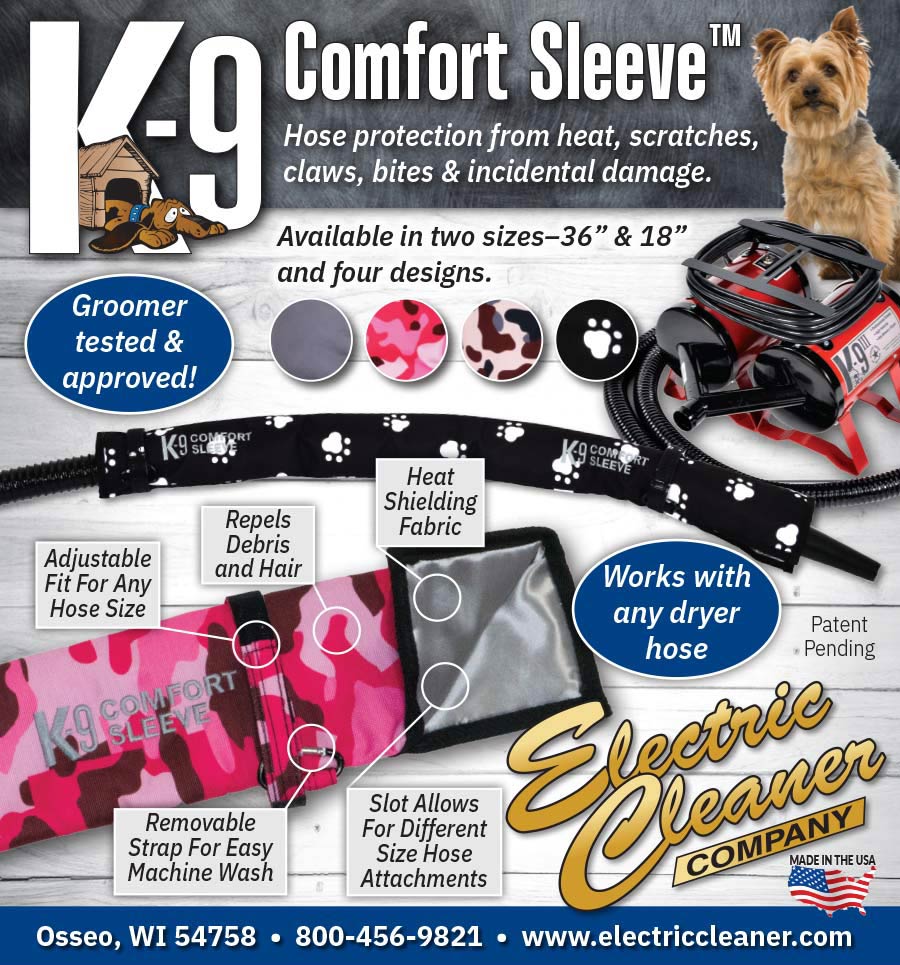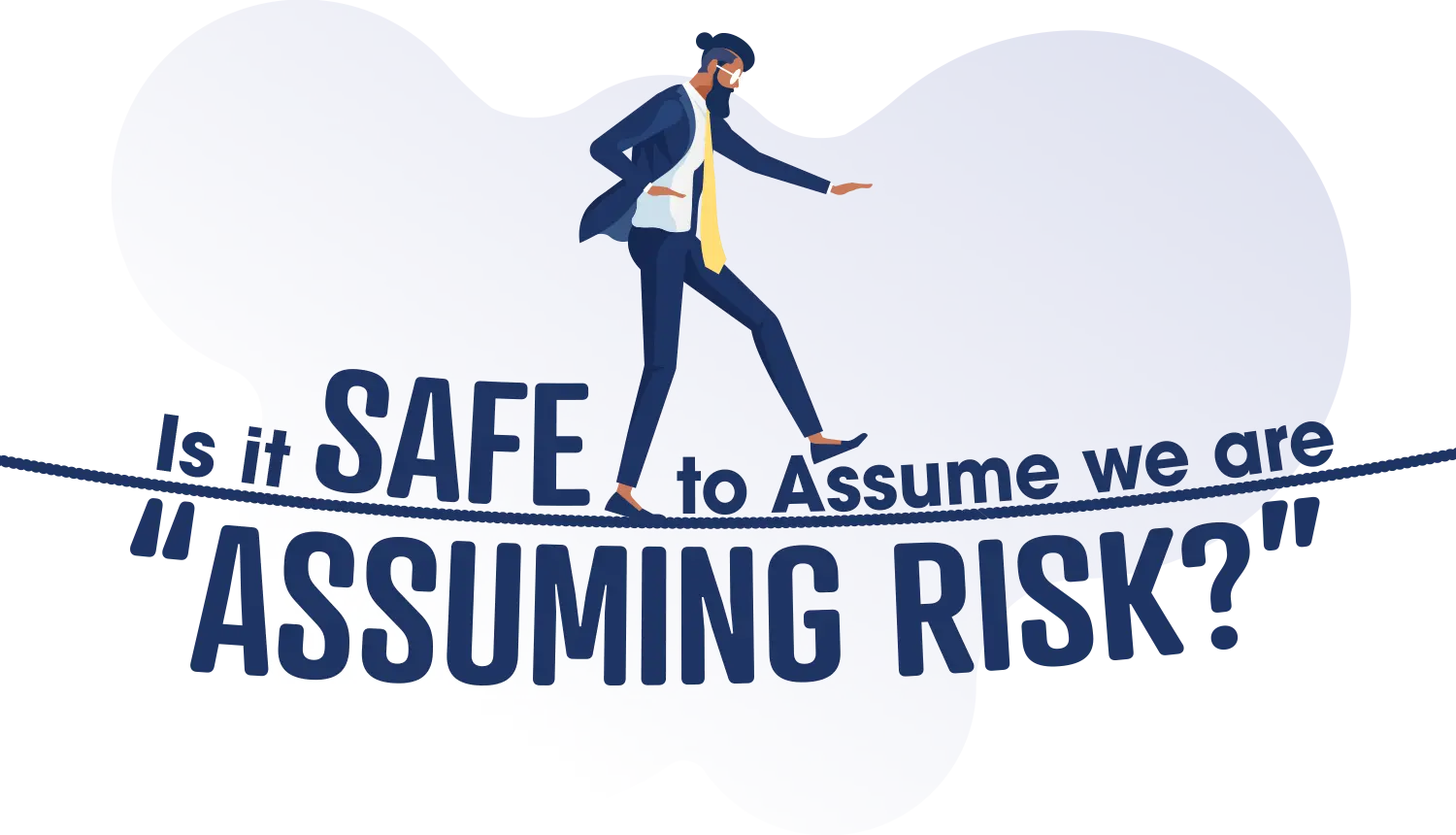
by Mary Oquendo
re you even a groomer if you haven’t gotten bit?
This sentiment will have feuding groomers come together over shared stories. But why is that? Is it in our job description? Is it an assumed risk?
Well, there is the “Assumption of Risk.” This is a legal doctrine that says you cannot sue for injury when you voluntarily expose yourself to a known risk. It falls into three categories: Primary, Expressed, and Implied.
Primary Assumption is mainly associated with sports. You understand that you can get hurt when participating in any sport; you can’t sue if you break a leg sliding into home plate.
Expressed Assumption involves written contracts and waivers. If you’re a firefighter, you sign a contract stating you won’t sue the city because of burn injuries. It’s a requirement of employment. However, this Assumption can be a gray area. Did the contract communicate the danger? If not, the court may nullify it. State laws vary, and a lawyer should write an agreement to ensure it will hold up in court.

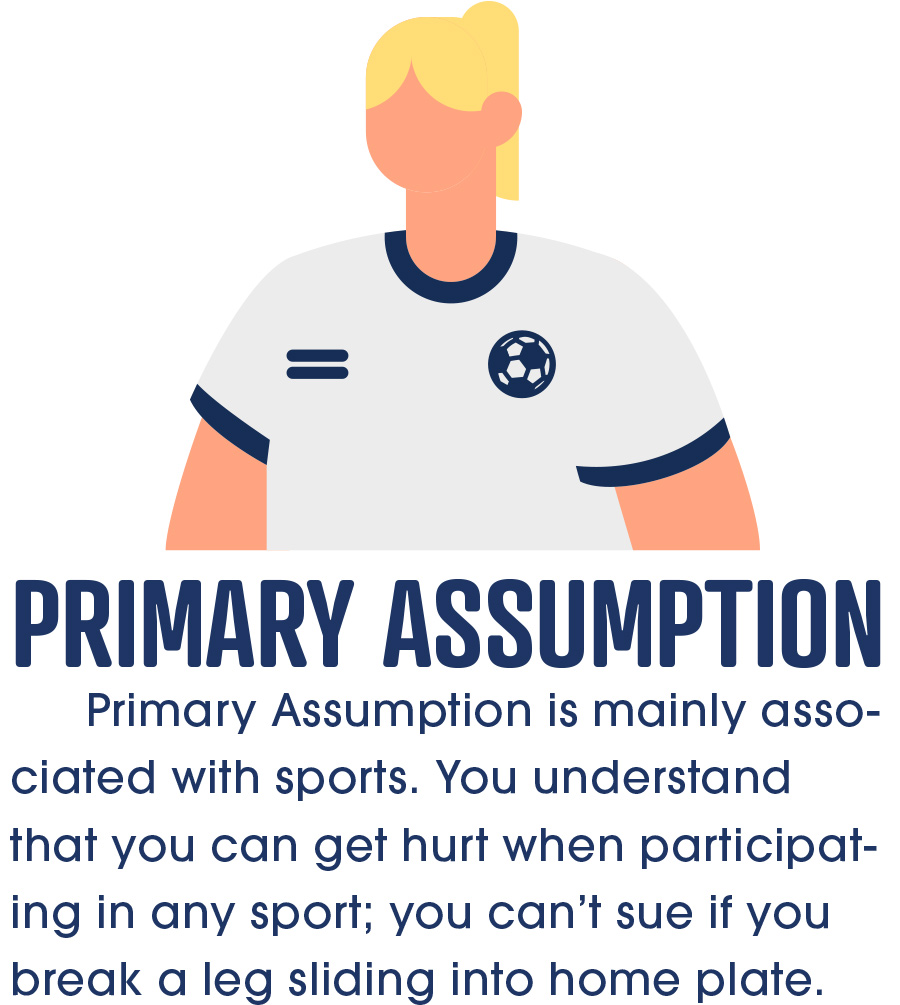

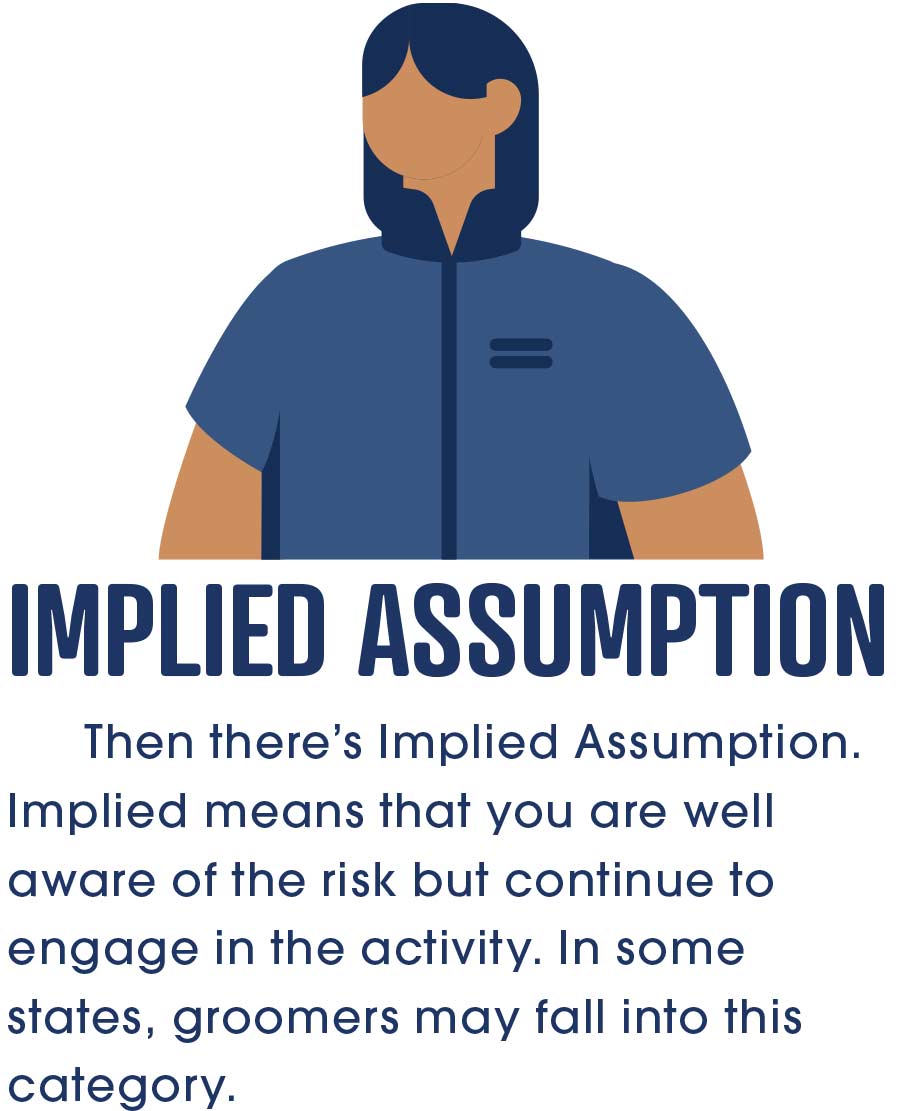
Well, here is a real-life example of an incident involving Evthoxia Moustakas, a mobile groomer from CT, told from her point of view:
“I went to a new-to-me Bernese Mountain dog’s house. One of my coworkers groomed this dog six months prior but did not update notes on the dog. I did my usual 30-minute new-client intake regarding all aspects of the dog’s behavior, and the owner swore up and down the dog was fine with no issues.
His coat was impacted, and he was overweight at about 160 lbs. I managed to get him on the table and into the tub, and all was going well. I’m all of 5’ 3”, and his shoulders were above my head level. He’s massive. As I’m doing a deshed bath, there’s a lot of turning him back and forth so I can thoroughly saturate and work the coat.
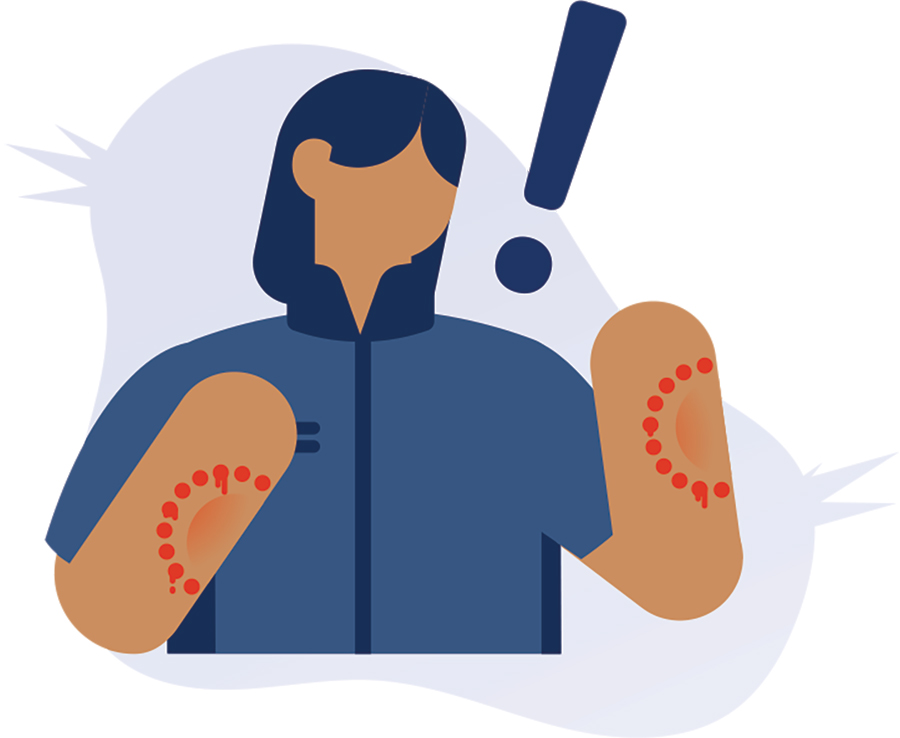
As much as I wanted to react toward this dog, he was at a higher elevation than me, and he had perfect access to my face. Fortunately, I had my Bluetooth headphones in and called my managers at the office. They told me to hang tight, as they were on their way and to call the cops.
I ran out of the van and left the still-covered-in-shampoo dog tethered in the tub. My only concern was for my safety. I reach the client’s door, banging on it with my elbows, screaming for her. She came to the door and looked at me and her wet dog, who somehow managed to get out of the van and was now circling me. I told her what happened, that my managers were on their way and the police were coming, and all she could say was, “Yeah…he’s got a tendency to randomly attack and bite people for no reason…”
I just stared at her. I reminded her that I asked her for this information BEFORE the groom so I could make an informed decision if it was safe enough for me to groom her dog.
I got a ride to the hospital in an ambulance, with one of my managers driving behind me while the other took my van back to our shop.
Two years later, I refuse to groom a Bernese or even look their way. I was out of work for five weeks and still have issues with my hands.
The dog now had a record with the state, not just the town. That was all. The cops weren’t interested in filing charges. One more bite report though, and the dog will be put down.”
While Evie’s story is not an uncommon one, it is certainly unfortunate.
So, how do we protect ourselves?
 Ask the right questions.
Ask the right questions.
One of my client forms had five questions, each requiring an answer and a signature at the bottom. They included: Has your dog ever bitten anyone? If so, under what circumstances? Has your dog ever bitten a groomer or any pet professional? If so, under what circumstances? Has your dog ever tried to bite a pet professional?
 Keep updated notes.
Keep updated notes.
In Evie’s case, the last groomer noted behavioral issues but never entered that info in the client’s file. As there were no notes on this dog, Evie did specifically ask and was told by the owner the dog was fine. She did not have the necessary information to make an informed decision regarding Implied Assumption. She was not given the opportunity to refuse the grooming of a dog that bites without warning. And without written or video-recorded acknowledgement, this situation would end up as a he-said/she-said scenario.
 Require signed waivers.
Require signed waivers.
Legally enforceable signed waivers informing the owner of responsibility for pet bites in your state will go a long way in protecting you from a legal standpoint. A business lawyer should draw up this form so that it is legally enforceable in your state.
 Pay attention to body language.
Pay attention to body language.
Look for those warning cues. If you’re still unsure of what to look for, there are some great behavioral programs out there.
 Do a thorough check-in.
Do a thorough check-in.
Identify those pain points on the pet before grooming, as this can be a trigger for aggressive behavior.
 Use available safety aids.
Use available safety aids.
There are too many safety equipment options to list. The best place to see them is at trade shows or ask for recommendations from your colleagues.
 Know when to refuse or stop a groom.
Know when to refuse or stop a groom.
You do not have to groom any pet just because they made an appointment.
And to answer the original question—No, getting bit is not in our job description. It only takes a split second to change your life, so you must take all possible precautions to keep yourself and the pets you are grooming safe, which is in our job description.

